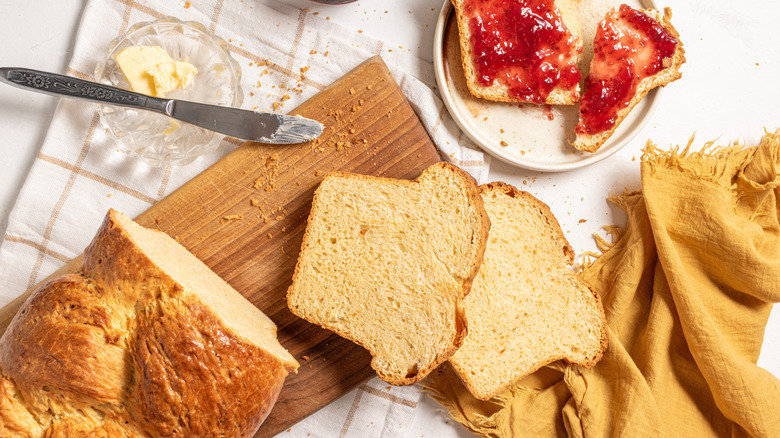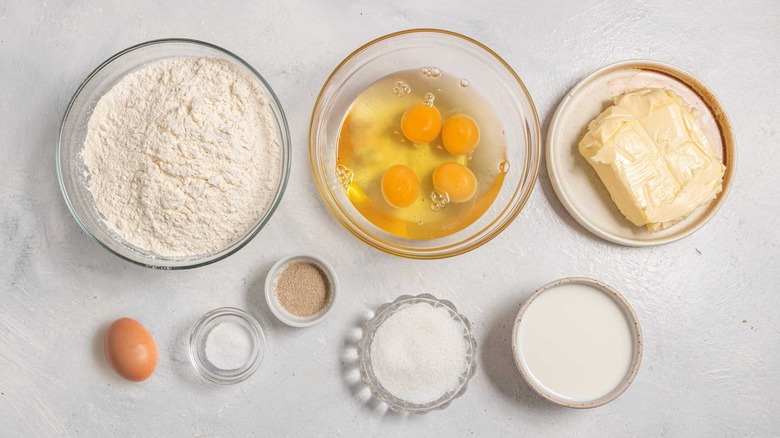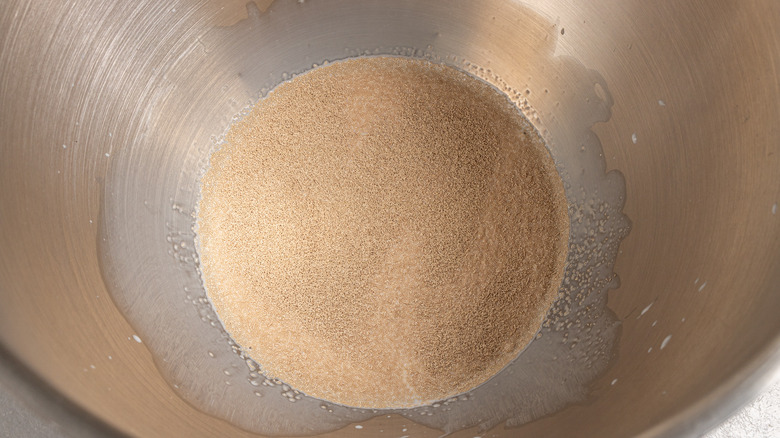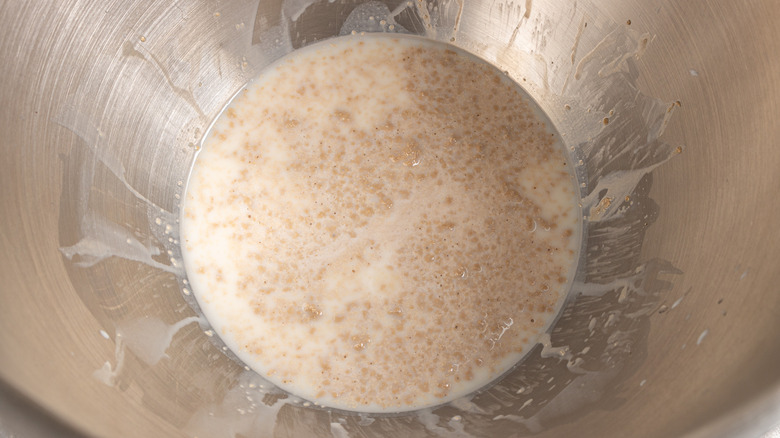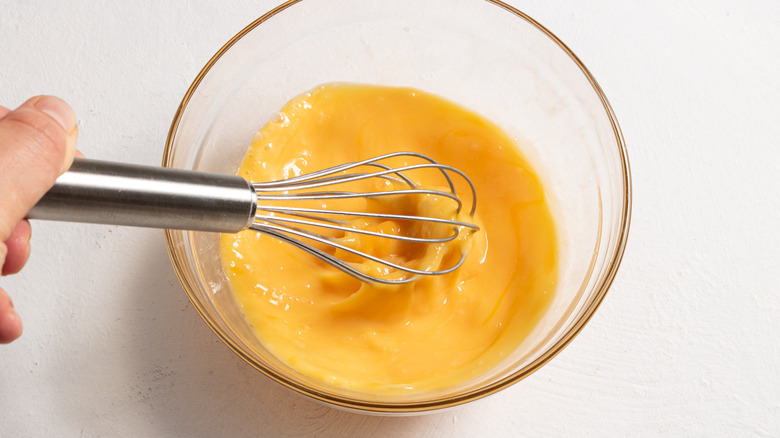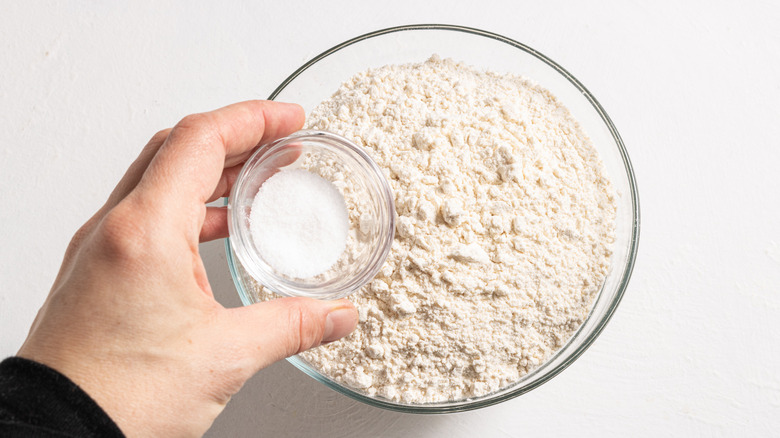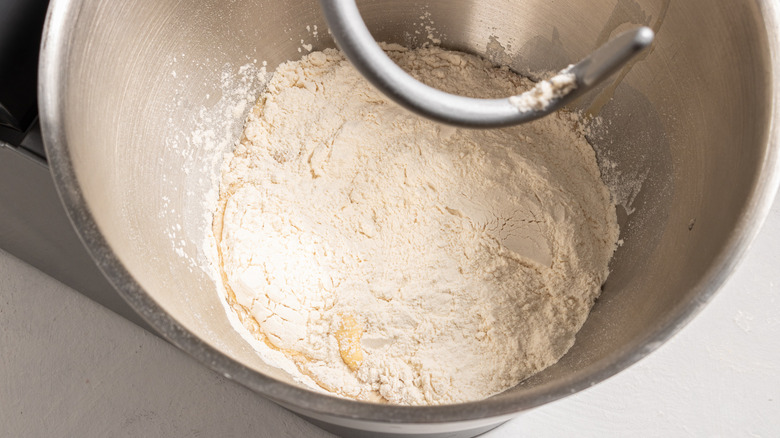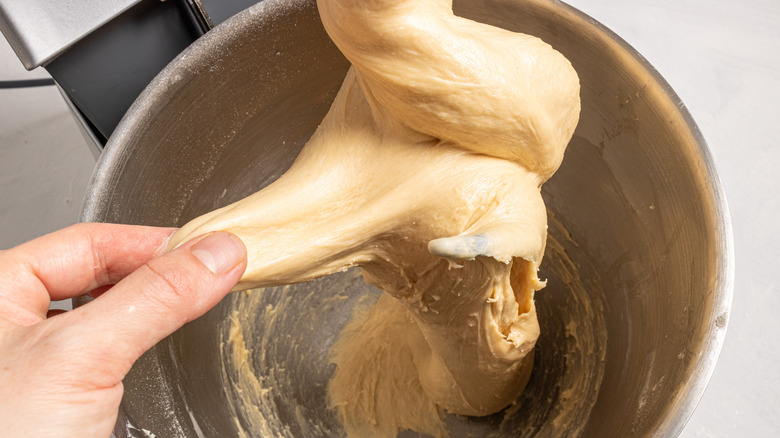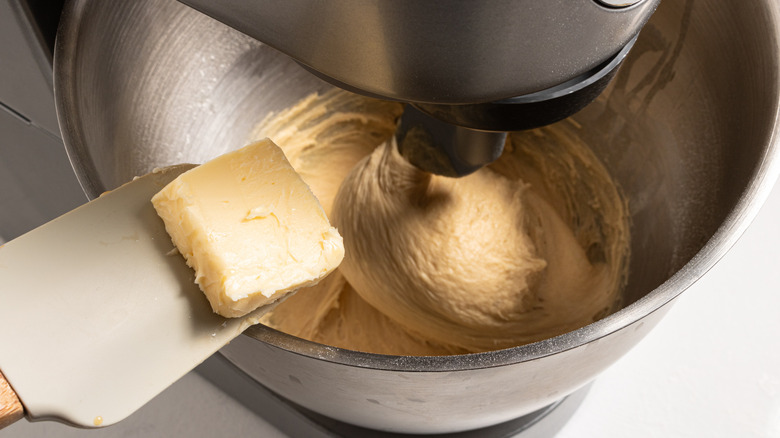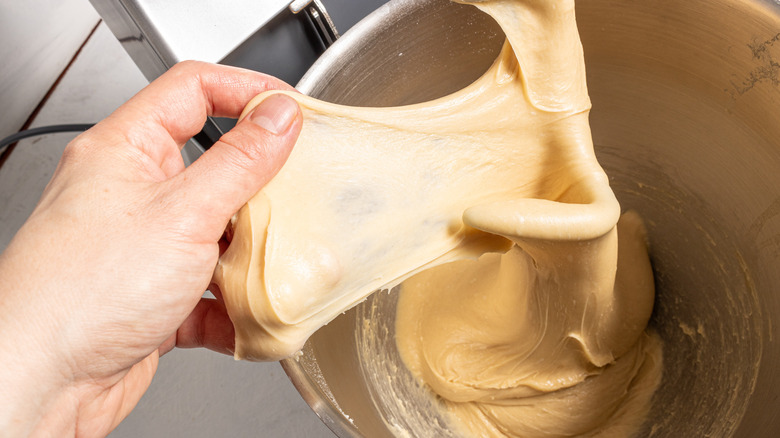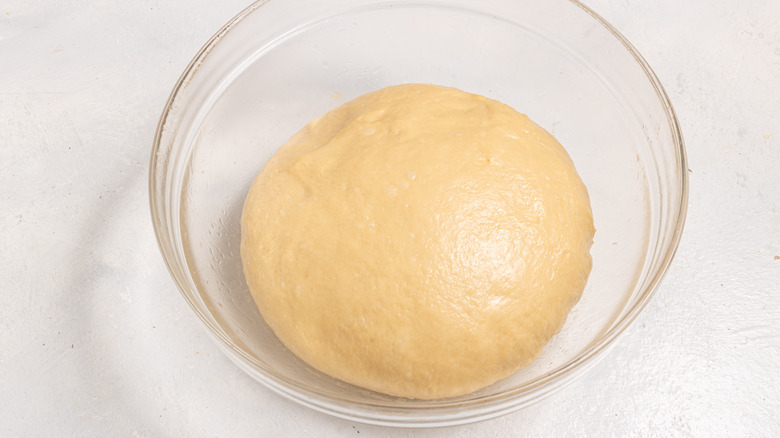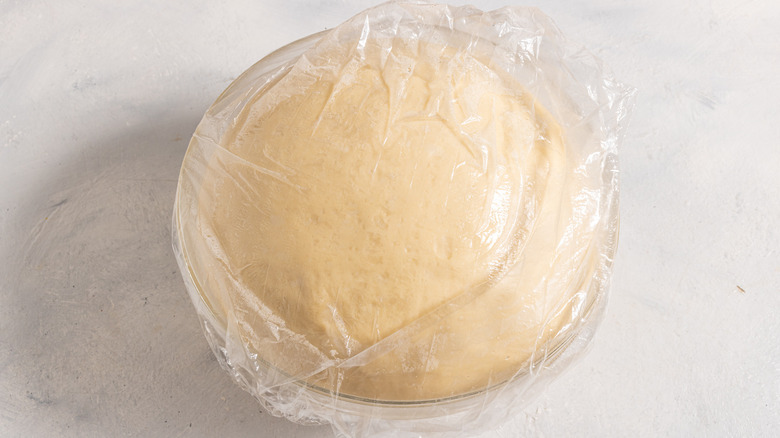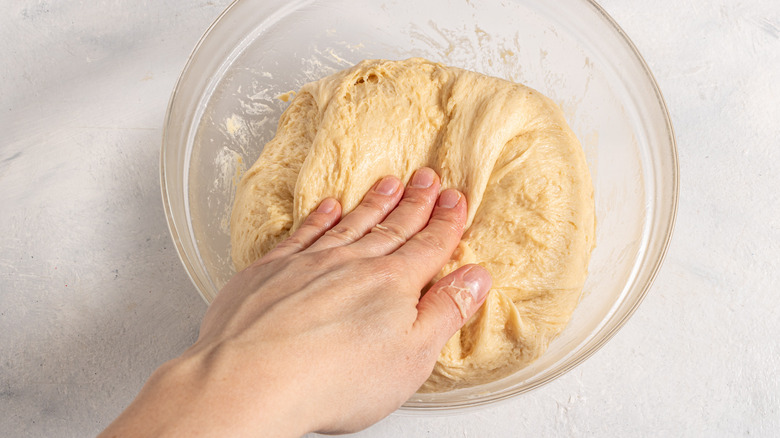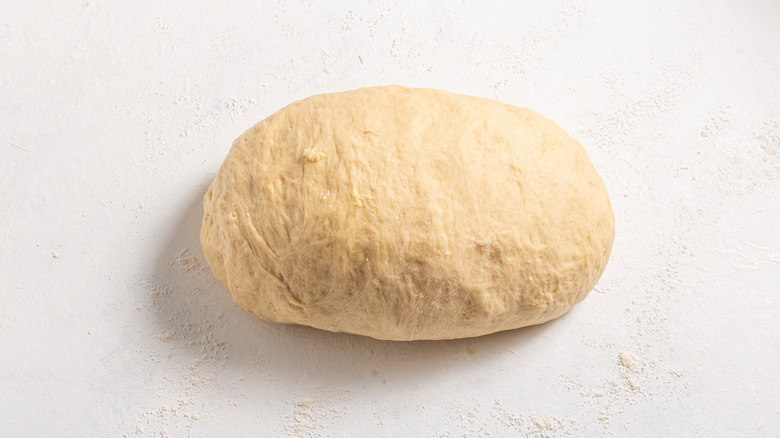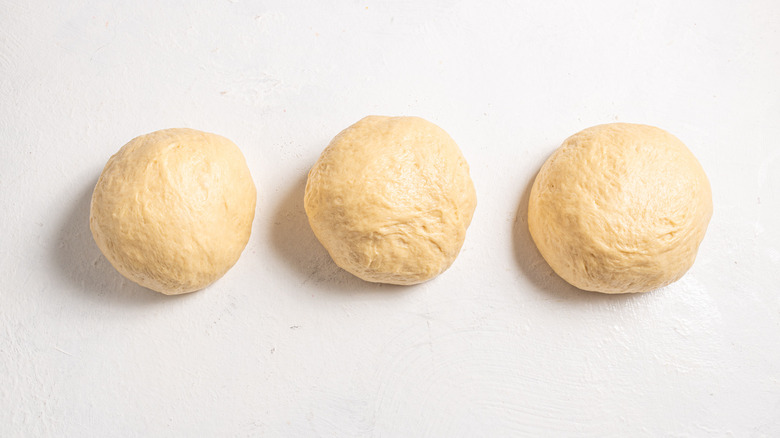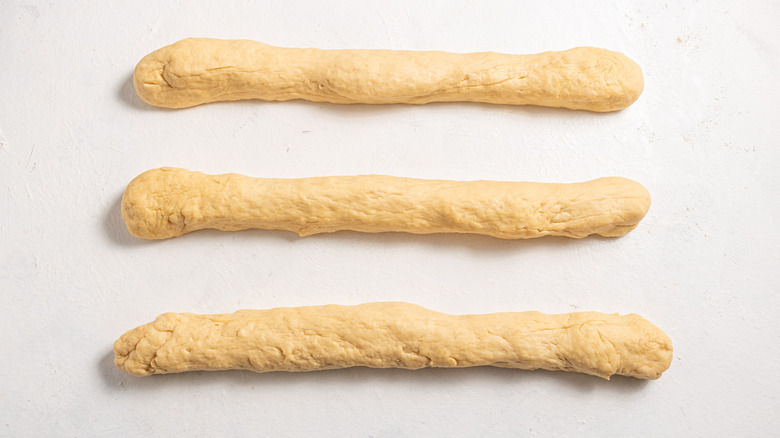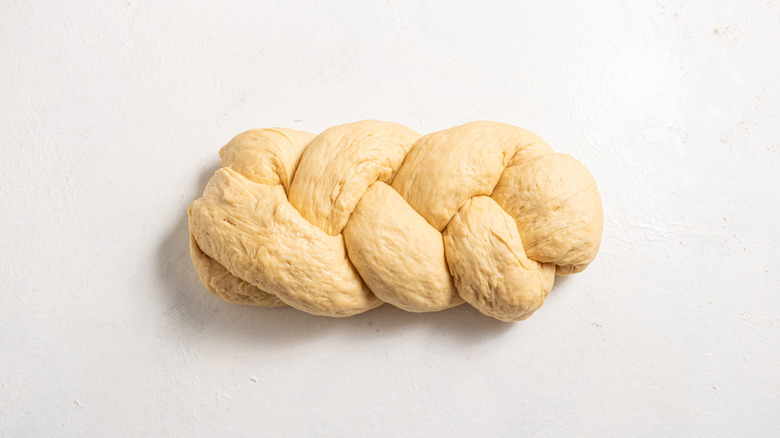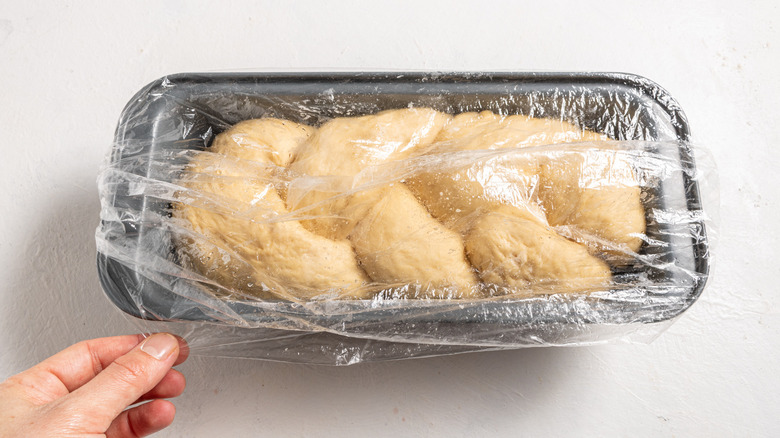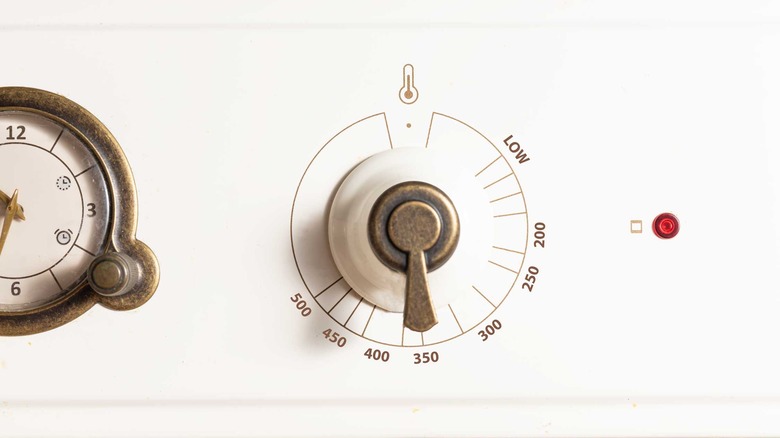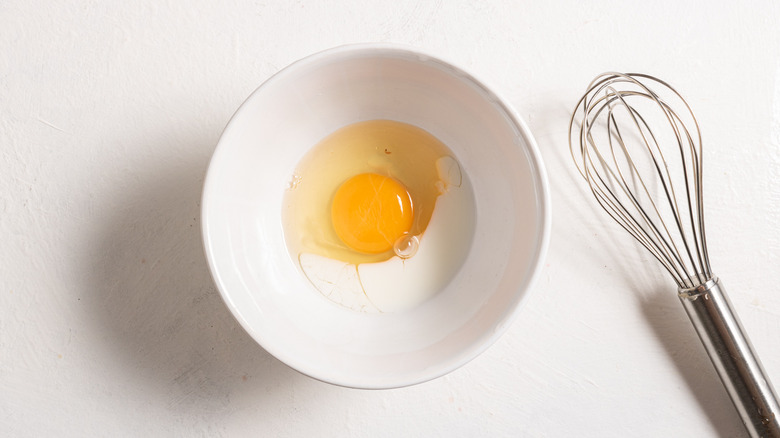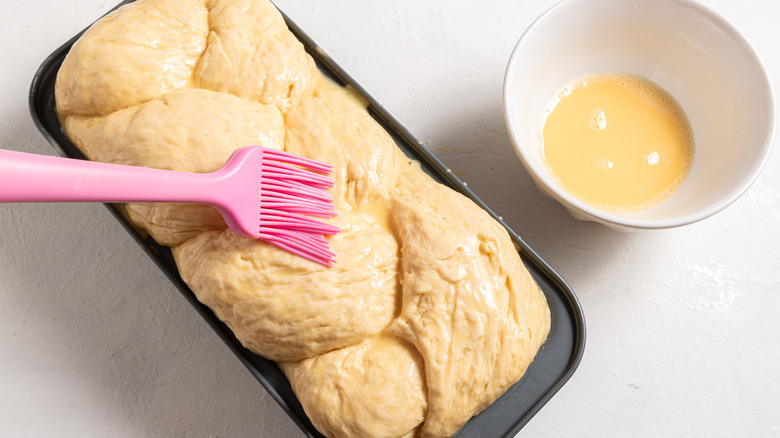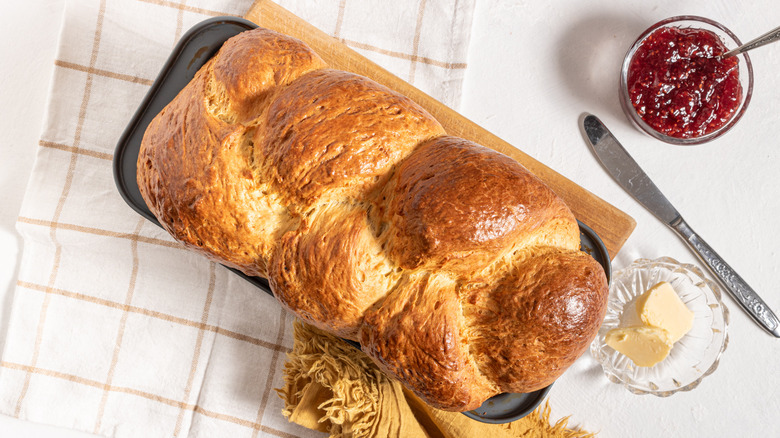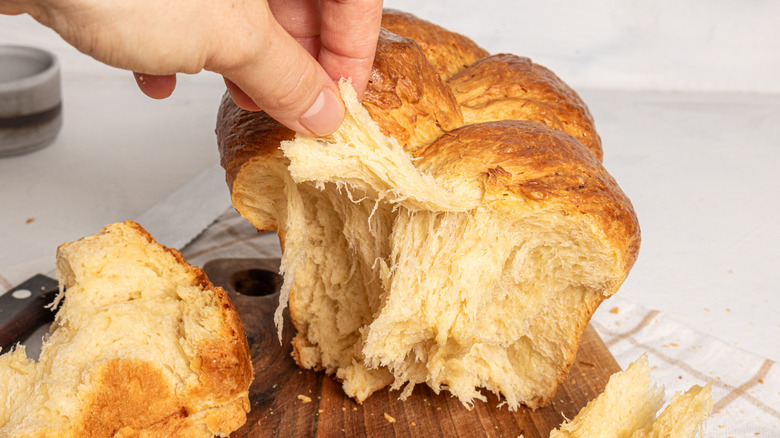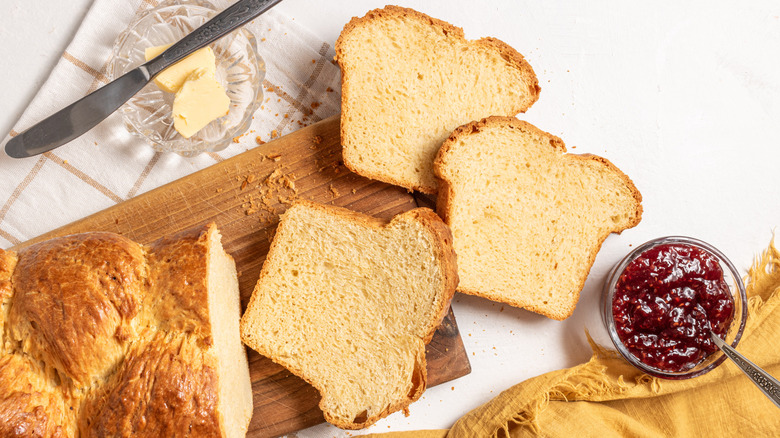Buttery Brioche Bread Recipe
Brioche bread is the epitome of elegance in the bread world. With its soft texture and rich, buttery flavor, it's no wonder that brioche has been a beloved treat for centuries. Brioche originated in France, and the first recipe for it appeared in the early 18th century. Over time, the brioche recipe evolved and became more refined. In the 19th century, the addition of yeast and a longer rising time resulted in a lighter, fluffier bread. Brioche dough also began to be used in a wider variety of dishes, including desserts and pastries. Whether you enjoy it as a breakfast toast, a special French toast, or as the base for a gourmet sandwich, brioche is a versatile and delicious bread that's sure to impress.
What makes Brioche so special? It's all in the dough. Brioche is an enriched dough, which means it's made with lots of eggs, butter, and sometimes milk or cream. This results in a bread that's tender, rich, and oh-so-tasty. Brioche can be a bit tricky to make, as the dough needs to be soft and sticky. But with a little patience and practice, you'll be a brioche master in no time. To help you succeed and make the perfect bread, recipe developer Milena Manolova has created this classic brioche recipe with step-by-step instructions and tips.
Gather all the ingredients for the buttery brioche bread
You will only need 7 simple ingredients to make this buttery brioche bread: warm milk, sugar, dry yeast, cold eggs straight from the fridge, all-purpose flour, salt, and soft unsalted butter
Step 1: Combine the milk, sugar, and yeast
In the bowl of a stand mixer, combine ½ cup of warm milk, the sugar, and the dry yeast.
Step 2: Let the yeast activate
Let the mixture sit for about 10 minutes or until the yeast becomes foamy.
Step 3: Whisk the eggs
Meanwhile, whisk the 4 eggs. Set aside.
Step 4: Combine the flour and salt
In a separate bowl, combine the flour and salt.
Step 5: Combine the eggs and flour with the yeast mixture
Add the eggs to the foamy yeast mixture, together with the flour.
Step 6: Mix the dough until smooth
Using the dough hook attachment, mix the dough on low speed for 5 minutes until smooth.
Step 7: Add butter a bit at a time
Start adding the soft butter, about a tablespoon at a time, letting it incorporate into the dough before adding more. This can take about 10 minutes.
Step 8: Knead the dough until it passes the windowpane test
Once all the butter is added, increase the speed to low-medium and continue mixing the dough for about 18-20 minutes, or until the dough passes the windowpane test.
Step 9: Shape the dough
Shape the dough into a ball and transfer it to a bowl.
Step 10: Cover and let rise in warm place
Cover the dough and leave it to rise for 1-1 ½ hours in a warm place.
Step 11: Reshape the dough and let it rise again
Once the dough has doubled in size, deflate it, reshape it into a ball, cover it, and place it in the fridge for at least 2 hours or overnight.
Step 12: Transfer the dough to a floured surface
Remove the dough from the fridge and transfer it to a floured surface.
Step 13: Divide the dough
Divide the dough into 3 balls.
Step 14: Roll the dough into logs
Roll each ball into a log about 15 inches long.
Step 15: Braid the logs together
Braid the logs, pinch the ends, and tuck them underneath.
Step 16: Transfer the loaf to a baking dish
Transfer the loaf to an oiled 10x14-inch baking dish, cover it, and let it rise to double its size, about 1 ½-2 hours.
Step 17: Preheat the oven
Preheat the oven to 350 F.
Step 18: Make the egg wash
Whisk the egg and 1 tablespoon of milk.
Step 19: Brush the loaf with egg wash
Brush the top of the loaf with the egg wash.
Step 20: Bake the brioche bread
Bake on the middle rack of the oven for 45 minutes until the top is medium-dark brown.
What are different ways to serve brioche bread?
Brioche bread is a versatile bread that can be served in a variety of different ways. At its simplest, you can toast slices of fresh brioche and serve them with jam, honey, or Nutella for a sweet breakfast treat. Brioche bread also makes wonderful French toast: Brioche's eggy texture makes it perfect for soaking up the eggs and milk to become fluffy and delicious. Use leftover brioche, soaked in a custard mixture and baked, to make a special version of classic bread pudding. You can also cut it into small cubes and toast them to make croutons for sweet or savory dishes ranging from an ice cream sundae to salads or soups.
Brioche rolls or slices are perfect to make gourmet sandwiches like a ham and cheese melt, a Reuben, or a BLT. The buttery flavor of the brioche will elevate any sandwich. You can also shape the brioche dough into individual buns, which are delicious with burgers. If you happen to have any bread left over, stale brioche can be crumbled into breadcrumbs and used to coat chicken, fish, or vegetables before frying or baking.
What are some tips for making perfect brioche bread?
To prevent the butter from melting prematurely when incorporated, keep everything except the milk and butter nice and cold. This includes the flour (you can even refrigerate it beforehand) and the eggs. The butter, however, needs to be softened at room temperature to allow for easier incorporation into the dough. If you add the butter gradually at the end of the kneading process the dough absorbs it better and develops a good structure. This also helps to prevent the dough from becoming too soft and difficult to handle.
Brioche dough requires longer kneading than many breads before it passes the windowpane test, which is a simple technique used to check the gluten development in yeast dough. Gently stretch the dough until it forms a thin membrane. If it doesn't break or tear, this means the gluten has developed enough and your dough is ready to rest or shape. If the dough tears easily the gluten hasn't developed enough and you should continue kneading a bit longer before repeating the test.
Brioche dough needs plenty of time to rise, so be patient and let it do its thing. Chilling the dough before shaping makes it easier to handle and helps develop flavor. Enriched doughs like brioche benefit from a longer, slower bake at a lower temperature to prevent over-browning and ensure even cooking. If the top browns too quickly, cover it with foil to prevent it from burning.
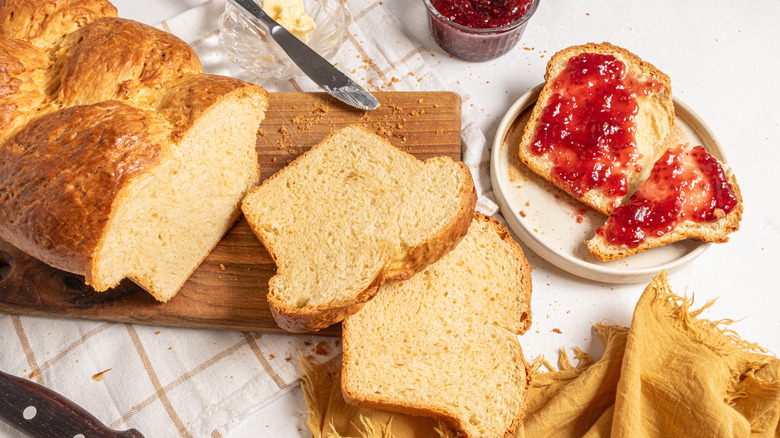
- ½ cup + 1 tablespoon warm milk
- 3 tablespoons sugar
- 2 ¼ teaspoons dry yeast
- 4 eggs + 1 egg for egg wash
- 4 ½ cups all-purpose flour
- 1 teaspoon salt
- 12 tablespoons soft butter, unsalted
- In the bowl of a stand mixer, combine ½ cup of warm milk, the sugar, and the dry yeast.
- Let the mixture for about 10 minutes or until the yeast becomes foamy.
- Meanwhile, whisk the 4 eggs. Set aside.
- In a seperate bowl, combine the flour and salt.
- Add the eggs to the foamy yeast mixture, together with the flour.
- Using the dough hook attachment, mix the dough on low speed for 5 minutes until smooth.
- Start adding the soft butter, about a tablespoon at a time, letting it incorporate into the dough before adding more. This can take about 10 minutes.
- Once all the butter is added, increase the speed to low-medium and continue mixing the dough for about 18-20 minutes, or until the dough passes the windowpane test.
- Shape the dough into a ball and transfer it to a bowl.
- Cover the dough and leave it to rise for 1-1 ½ hours in a warm place.
- Once the dough has doubled in size, deflate it, reshape it into a ball, cover it, and place it in the fridge for at least 2 hours or overnight.
- Remove the dough from the fridge and transfer it to a floured surface.
- Divide the dough into 3 balls
- Roll each ball into a log about 15 inches long.
- Braid the logs, pinch the ends, and tuck them underneath.
- Transfer the loaf to an oiled 10x14-inch baking dish, cover it, and let it rise to double its size, about 1 ½-2 hours.
- Preheat the oven to 350 F.
- Whisk the egg and 1 tablespoon of milk.
- Brush the top of the loaf with the egg wash.
- Bake on the middle rack of the oven for 45 minutes until the top is medium-dark brown.
Nutrition
| Calories per Serving | 294 |
| Total Fat | 12.4 g |
| Saturated Fat | 7.5 g |
| Trans Fat | 0.0 g |
| Cholesterol | 31.7 mg |
| Total Carbohydrates | 39.8 g |
| Dietary Fiber | 1.5 g |
| Total Sugars | 3.8 g |
| Sodium | 177.6 mg |
| Protein | 5.6 g |
